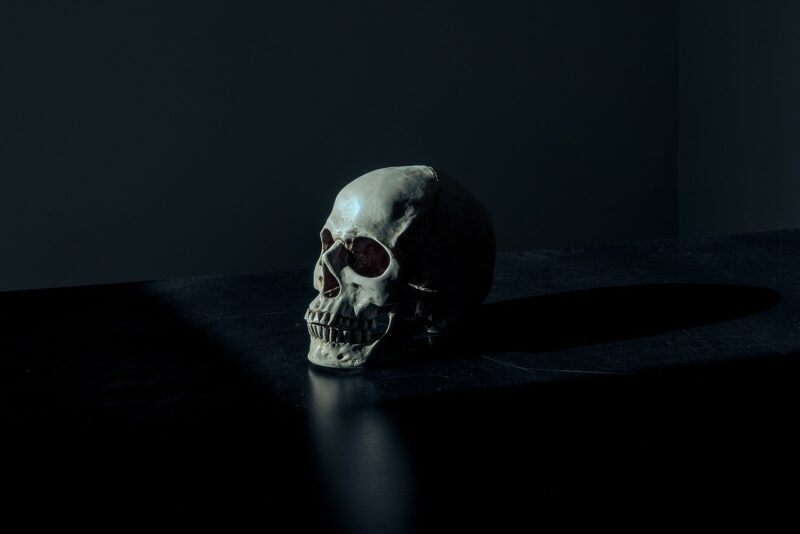Why Some People Collect Replica Human Skeletons
November 14, 2024

The fascination with human skeletons has captivated many throughout history. From ancient cultures that revered the human form to modern collectors who curate replica human skeletons as part of a larger collection, this interest has persisted and evolved. But what motivates individuals to collect replica human skeletons? This article delves into the reasons behind this unique hobby, exploring the intersection of art, science, history, and personal connection.
1. A Historical Perspective on Skeletons and Human Anatomy
The human skeleton has long been a subject of interest in the fields of anatomy and art. Historically, skeletons were used in medical studies to advance our understanding of the human body. Later, during the Renaissance, artists such as Leonardo da Vinci used anatomical studies to enhance their artwork, striving for accuracy in depicting the human figure.
Collectors today often draw inspiration from this rich history. Replica human skeletons serve as more than just decorative pieces; they represent a bridge between the realms of art and science. Many collectors appreciate the craftsmanship involved in creating detailed and accurate replicas, recognizing these pieces as educational tools that provide insight into human anatomy.
2. The Allure of the Macabre
For some collectors, there is an undeniable allure to the macabre. The human skeleton is a powerful symbol of mortality, prompting reflection on life and death. This morbid curiosity often leads individuals to collect items that challenge societal taboos.
In recent years, the popularity of horror-themed collectibles has surged, with replica skeletons becoming sought-after items in a broader genre of macabre memorabilia. Scarier pieces are often displayed around Halloween, while others might become year-round conversational pieces that spark intrigue among guests.
3. Educational Purpose and Utility
Many collectors are drawn to replica human skeletons for educational purposes. Healthcare professionals, students, and educators use these replicas as valuable teaching tools. Schools and universities often purchase high-quality replicas to demonstrate human anatomy in biology or medical classes.
A well-crafted skeleton can enhance understanding of the skeletal system, joints, and overall human physiology. Collectors who are educators or professionals in the field of healthcare often find joy in acquiring anatomically correct replicas that will assist them in their teaching or practice. Their collections might serve as an informal library, showcasing different stages of development, variations, or unique conditions prevalent in human anatomy.
4. Artistic Expression and Curatorial Practice
Another compelling reason for collecting replica human skeletons is the element of artistic expression. Many collectors approach their collections like galleries, curating pieces that reflect their personal aesthetic and interests.
Some collectors may focus on specific themes, such as anatomical accuracy, artistic flair, or historical significance. They often appreciate the intricacies involved in the design and construction of each piece. For example, a collector might curate a display featuring a variety of skeletal models, from highly realistic anatomical skeletons to more stylized interpretations suitable for artistic spaces. This emphasis on curation can transform a simple collection into an engaging artistic statement.
5. Community and Connection
Collecting replica human skeletons can foster a sense of community among like-minded individuals. Many collectors join online forums and social media groups, connecting with others who share their passions. These communities provide a platform for exchanging knowledge, showcasing collections, and discussing the latest trends or innovations in the market for anatomical replicas.
Attending conventions, fairs, or local meetups allows collectors further opportunities to engage with one another, share stories, and even trade pieces. The camaraderie within these communities adds an additional layer of depth to the collecting experience and can enhance personal connections formed through shared interests.
6. The Psychological Aspect of Collecting
Psychologically, collecting can be a deeply fulfilling hobby that serves multiple needs. The pursuit of assembling a collection can provide individuals with a sense of achievement, control over their environment, and a unique form of self-expression.
In the context of collecting replica human skeletons, the act of acquiring and displaying these items can symbolize victories over life’s inherent uncertainties. Skeletons are a reflection of humanity itself, evoking themes of mortality that collectors may find comforting or empowering. It allows them to confront existential questions in a way that feels manageable and tangible.
Conclusion: An Evolving Passion
Collecting replica human skeletons is a multifaceted hobby that continues to evolve. Whether driven by historical significance, artistic expression, education, or the camaraderie found in community, the motivations behind this interest reveal much about our relationship with the human body, the arts, and the concept of mortality.
As collections grow and creativity flourishes, the world of replica skeletons will undoubtedly continue to intrigue both collectors and casual observers.
If you find yourself drawn to the elegance of bone structures or the stories they can tell, perhaps exploring this captivating world of replica human skeletons is the next journey for you!







